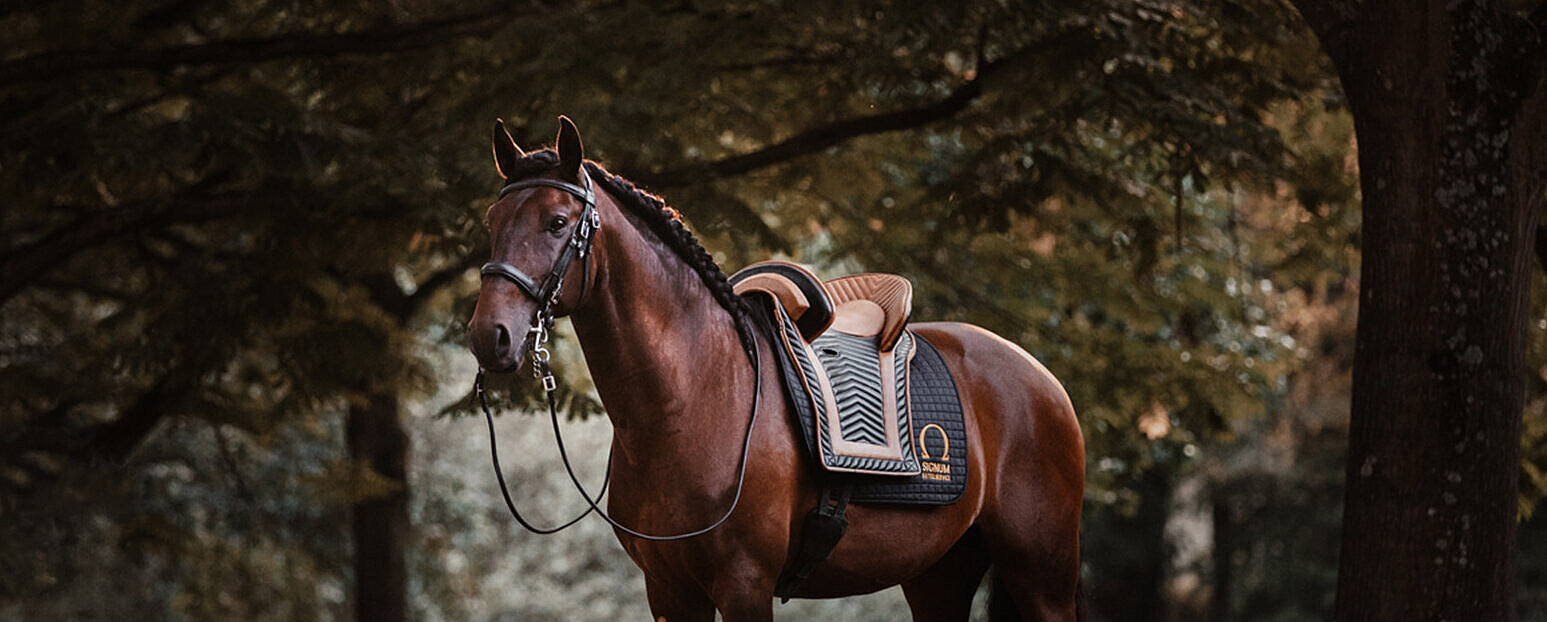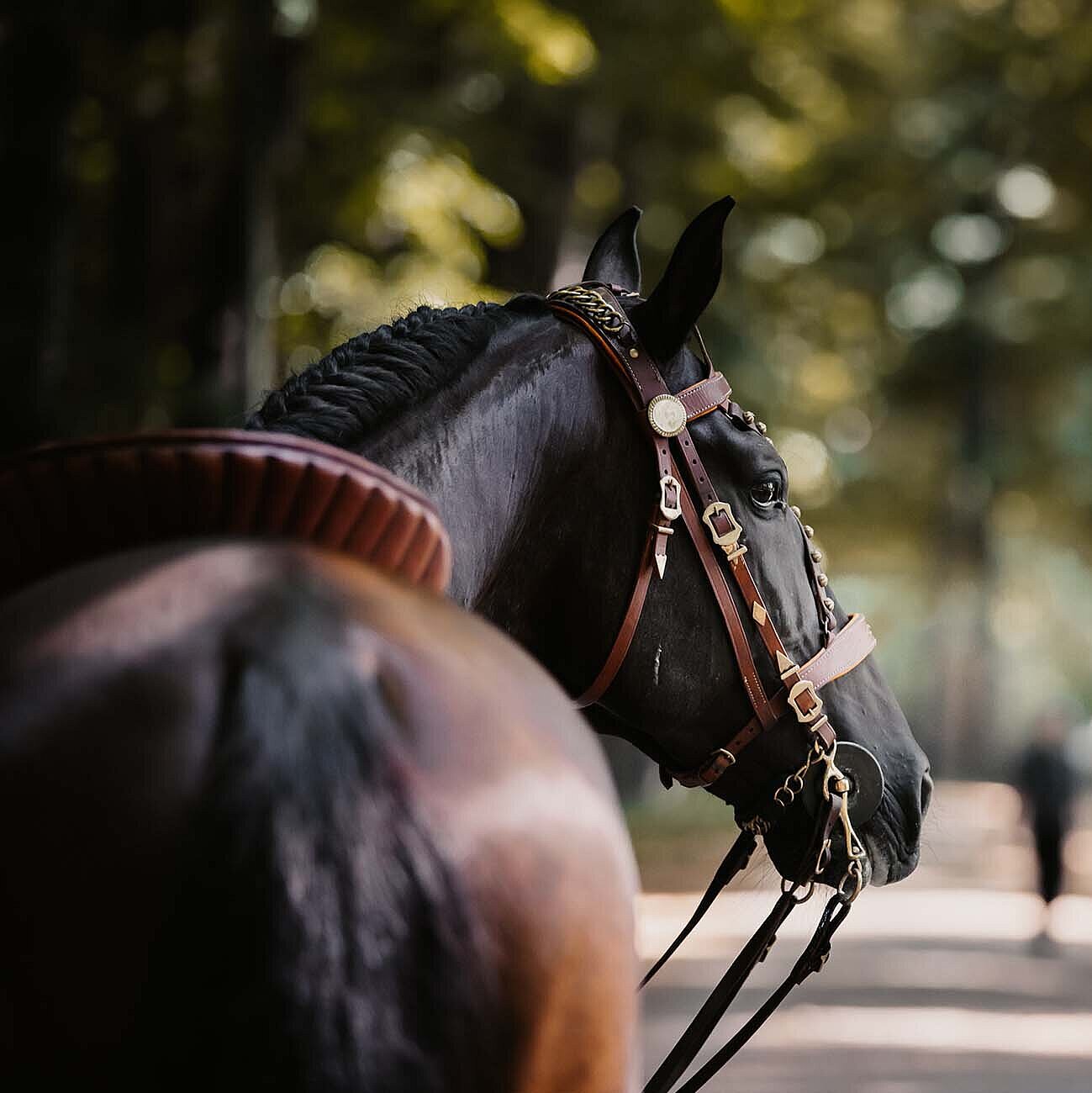What is a baroque saddle?
A baroque saddle is more than just a relic from times gone by. A baroque saddle in the historical sense includes saddles that were developed primarily in Spain and Portugal in connection with the baroque riding style. They are characterised by their front and rear galleries, the flat saddle flap and their often magnificent design with quilted areas and eye-catching stitching in the seat and saddle flap.
But what are the characteristics and appearance of these Spanish saddles? How is a Spanish saddle constructed and what are the differences?
Spanish and Portuguese saddles
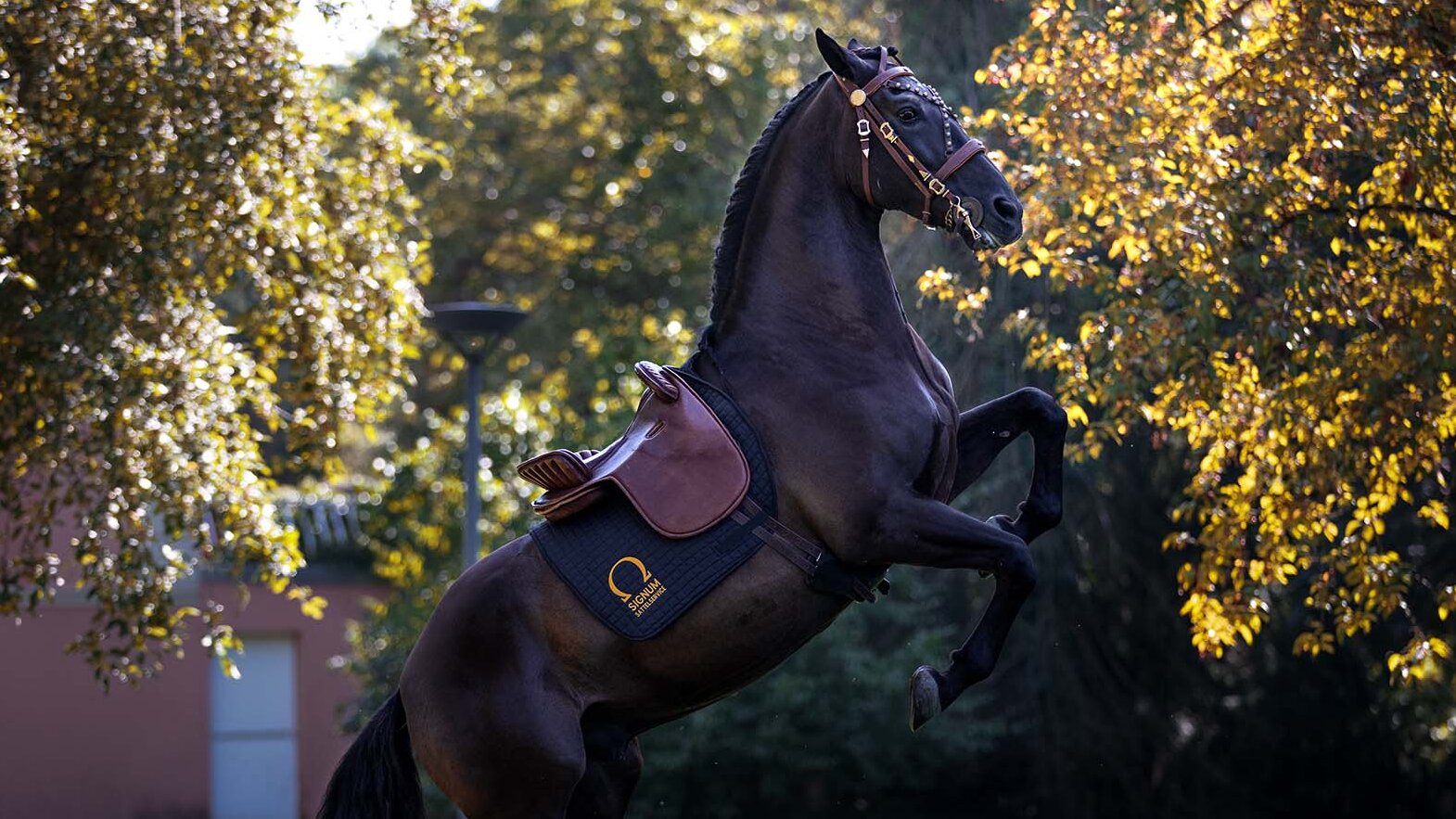
The best-known representatives of the Iberian Baroque saddles are Spanish saddles such as the Spanish school saddle in the Alta Escuela style. These saddles are characterised by a front and rear gallery of roughly the same height and a mostly round, simple saddle flap.
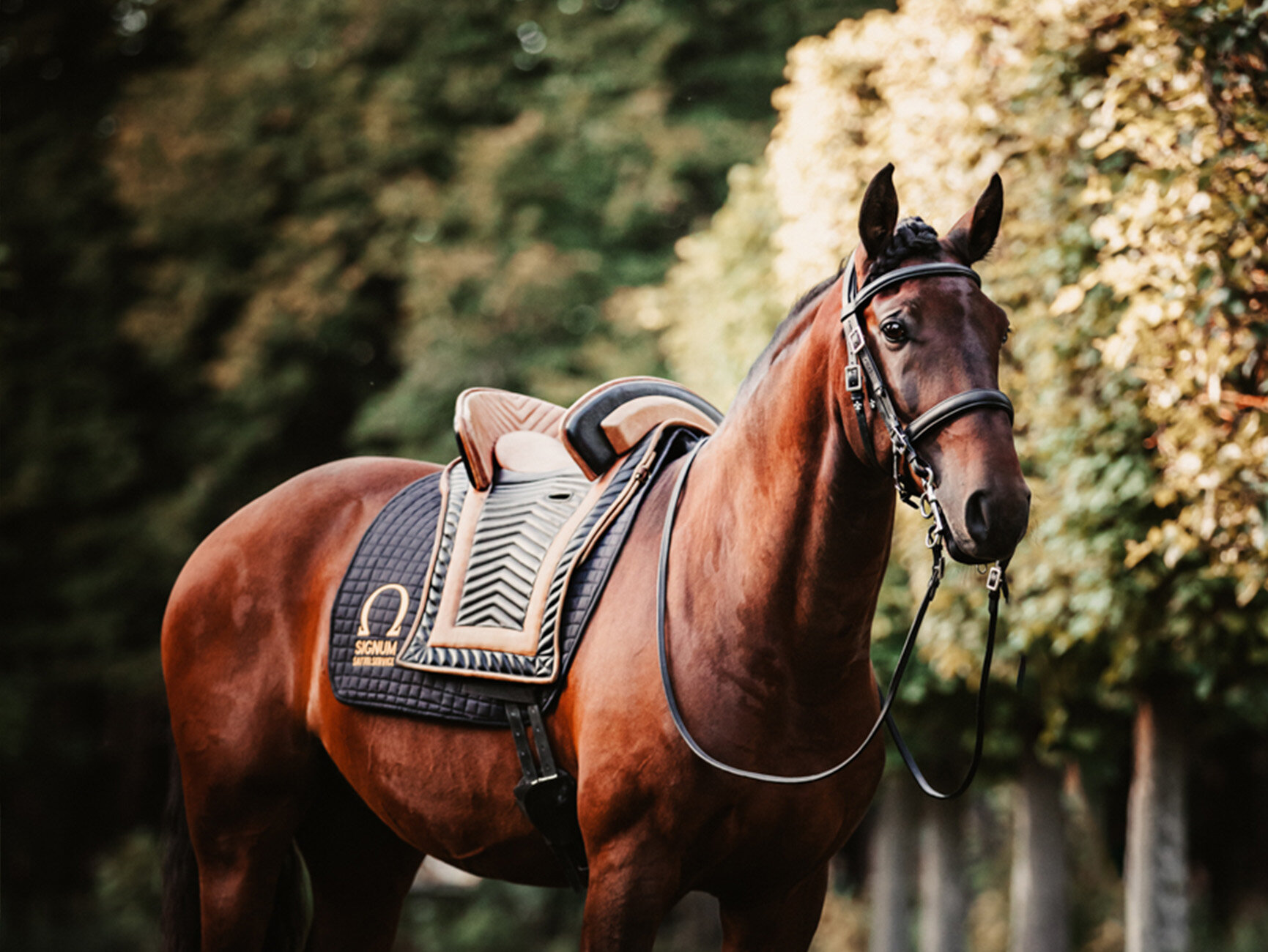
Portugal has one of the most original saddle cultures, even today the classic Portuguese saddles are reminiscent of the saddles of the Middle Ages. Particularly the striking galleries, whereby the rear gallery can be significantly higher compared to the Spanish baroque saddle. The saddle flaps are often more angular and decorated with elegant quilting. The eye-catching galleries frame the rider perfectly. Historical backgrounds such as the school above the ground as well as bullfighting have influenced the development of these galleries.
What special materials are used on a baroque saddle?
The traditional style of Spanish baroque saddles is leather, in particular suede. The most common colours are brown or black. White deerskin is used for particularly fine models from the Spanish Riding School. Baroque saddles from Portugal are also often made entirely of suede, or preferably in the seat area, the inside of the galleries and the saddle flaps. At the same time, the suede leather with its non-slip surface also offers particularly good grip for the rider.
The Spanish schooling saddle has a rather flat seat, partly flat knee rolls, a high concha at the back and a gallery at the front. All this together with the rider provides good support, especially when jumping over the ground. This saddle is still used today in the Spanish Riding School and by enthusiasts of the Alta Escuela.
Features of a baroque saddle
The characteristic galleries and the wide, usually flat seat are decisive for the rider and their sitting experience. Similar to knee rolls, the galleries are intended to provide the rider with a frame, but not restrict their freedom of movement. The rider has no direct or close contact with the front and rear galleries in a baroque saddle of the right size.
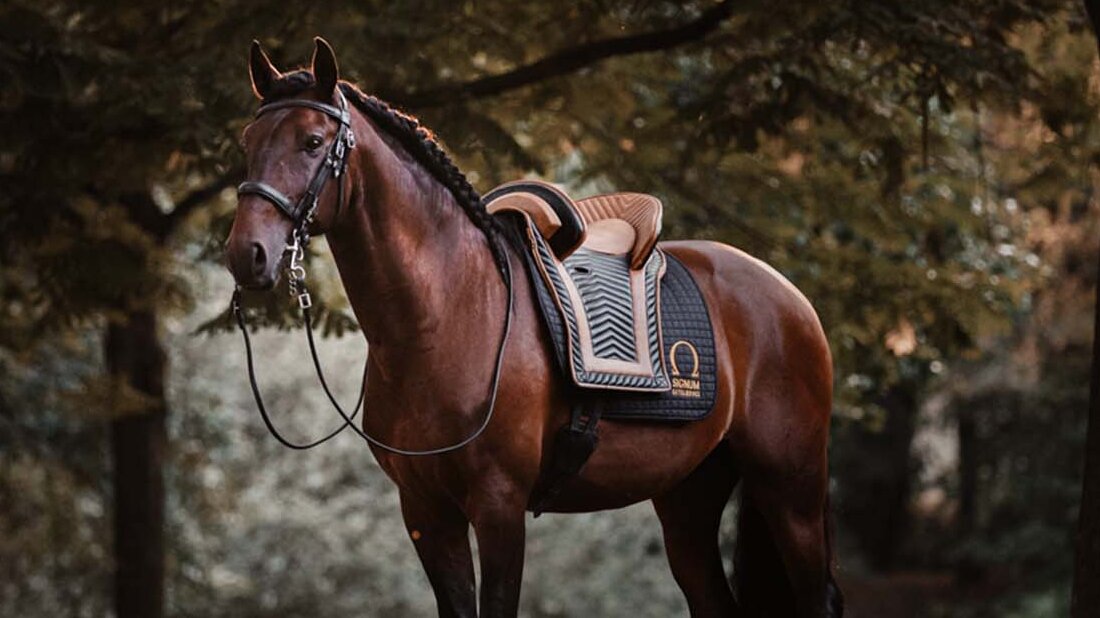
The seat area in a classic baroque saddle is flatter and is perceived by many riders as a more comfortable and secure seat. The galleries provide the front and rear frame, the seat itself is wider and less deep than in a classic dressage saddle. This should enable the rider to feel the seat bones individually and use their right and left seat bones more clearly to give aids.
The saddle flaps are usually bare and there is no flap, so that the rider has plenty of legroom. The large contact surface, which is typical of Iberian saddles, offers even pressure distribution on the horse's back that is gentle on the horse.
Who are baroque saddles suitable for?
The advantages of the saddle described above offer many benefits, especially for riders of the academic and baroque riding styles. The feel of the seat enables a close connection to the horse, which is particularly beneficial when learning dressage lessons through to schooling above the ground. A suitable saddle in the baroque style enables the classical riding style from dressage to high school.
Accessories for baroque saddles
We offer matching accessories for a baroque saddle in our online shop. From the matching saddle pad in a simple, angular shape to the "pointed saddle pad" based on the historical shape, you can configure a saddle pad in an individual colour combination, with decorative cords and edging.
Plain stirrups or baroque, decorated stirrups can be used with a baroque saddle. A lambskin Zalea is also popular. You can also configure these according to your wishes in our shop .
To perfect the overall appearance of the baroque saddle, elegantly decorated baroque bridles such as our Spanish bridle or our Portuguese bridle with the matching breastplate are ideal additions.
Which horses are suitable for baroque saddles?

Fans of the Baroque riding style or owners of Baroque horses such as PRE, Friesians, Lusitanos or Tinkers often go in search of a Baroque saddle. However, today's diversity of breeds in the equestrian world has meant that a baroque saddle is not seen exclusively as a saddle for baroque horses.
The interest in the historical wealth of knowledge of the old riding masters still inspires many riders today. It is therefore not uncommon nowadays for horse owners to be looking for the right baroque saddle for their warmblood or cold-blooded horse.
Baroque saddles for cold-blooded, warmblooded and baroque horses
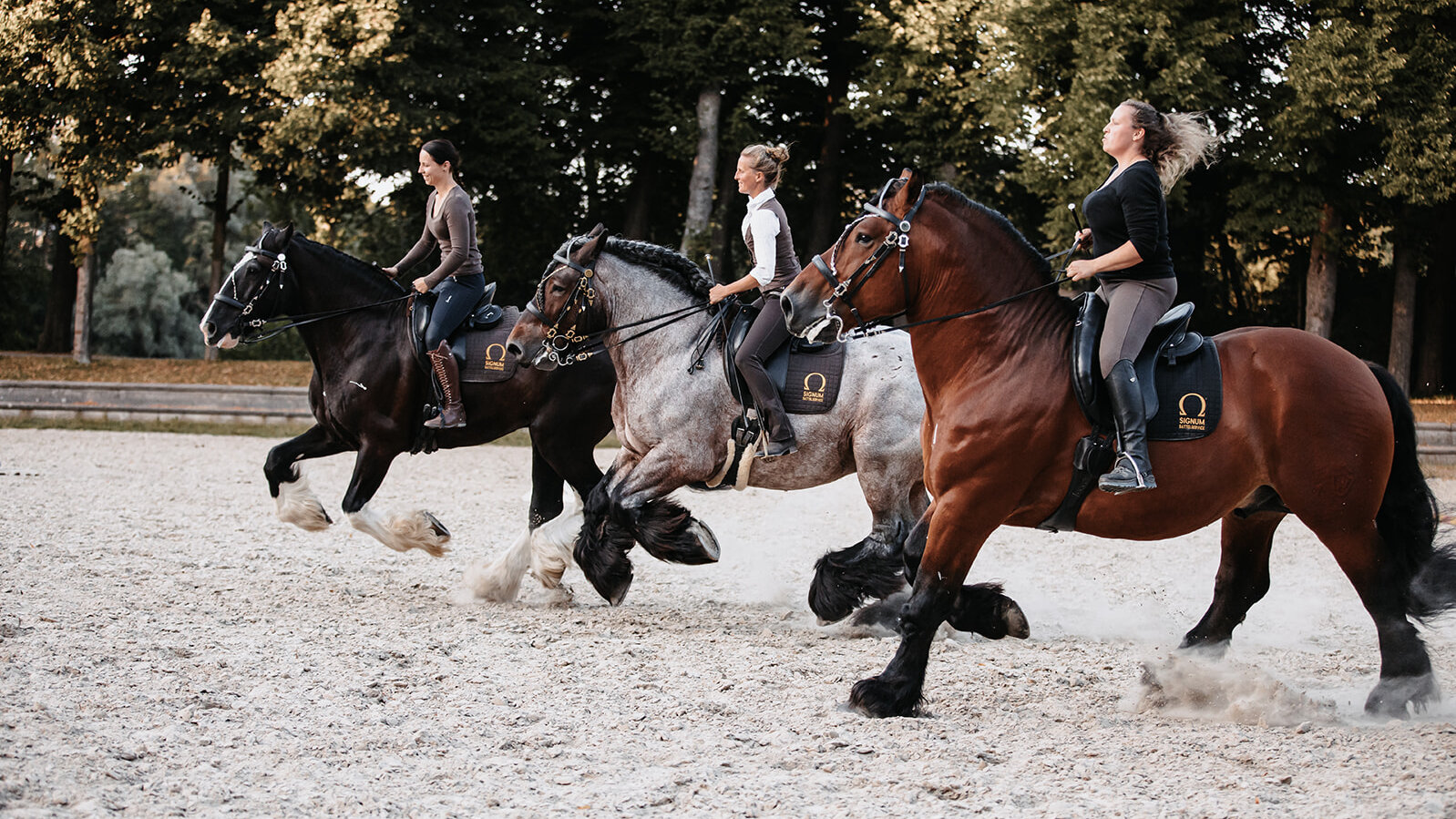
The variety of breeds in equestrian sport for which the right baroque saddle is sought today has become much greater. This brings challenges for the saddle itself. The modern baroque saddle must be adaptable to the needs and saddle position of a wide variety of horses.
The saddle's adjustment options should be such that it can be adapted for a warmblood with high withers, a horse with a strongly curved back, a particularly wide horse or a particularly short horse or pony.
Requirements for a modern baroque saddle
At SIGNUM, we have developed a modern baroque saddle to meet today's demands for a well-fitting and customisable saddle. Right from the start, it was clear which characteristics the saddle should fulfil:
- A comfortable and secure seat feeling for a perfect connection to the horse
- The large contact surface is complemented by great freedom for the shoulders and a wide spinal canal
- Customised saddle tree for a saddle that fits even with a particularly curved or short back
- A large contact surface on the horse's back for even and gentle pressure distribution
- V-girthing for a stable position of the saddle
- An elegant design with customised design options
Baroque saddles from Signum Sattelservice
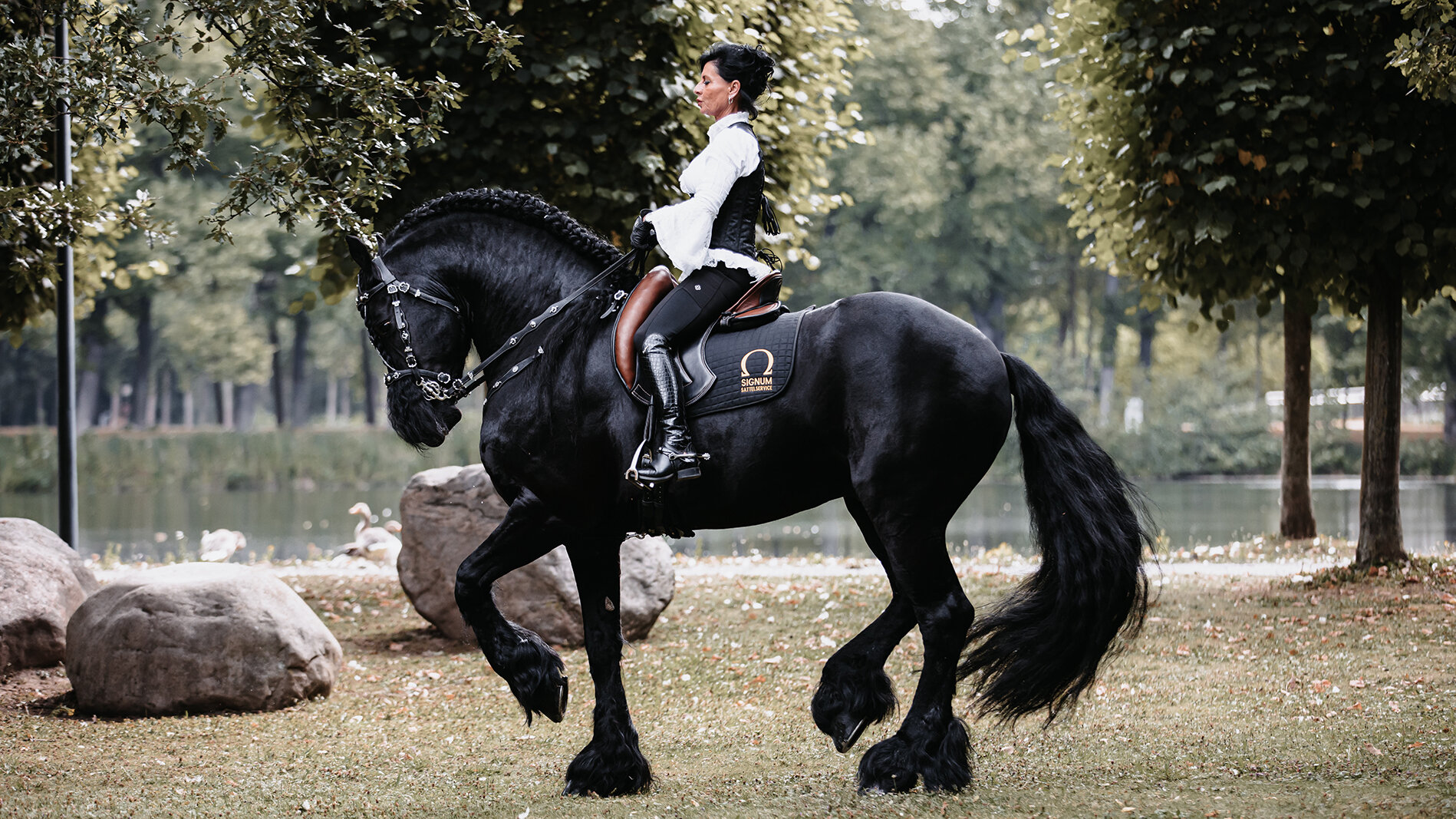
The Mercedes baroque saddle is a real eye-catcher! Its elegant, extravagant appearance with a doubled seat and decorative stitching in the saddle flap makes it a modern baroque saddle with that special something. Its overflowing comfort flap replaces the classic gallery of a baroque saddle in favour of rider comfort and safety.
Its unusual appearance is emphasised by its curved, almost crescent-shaped saddle flap with elegant decorative stitching. All this makes it a real eye-catcher, not only on baroque horse breeds such as Friesians, Knabstruppers, Lusitanos or Andalusians. It emphasises the presence and appearance of your horse in a special way.
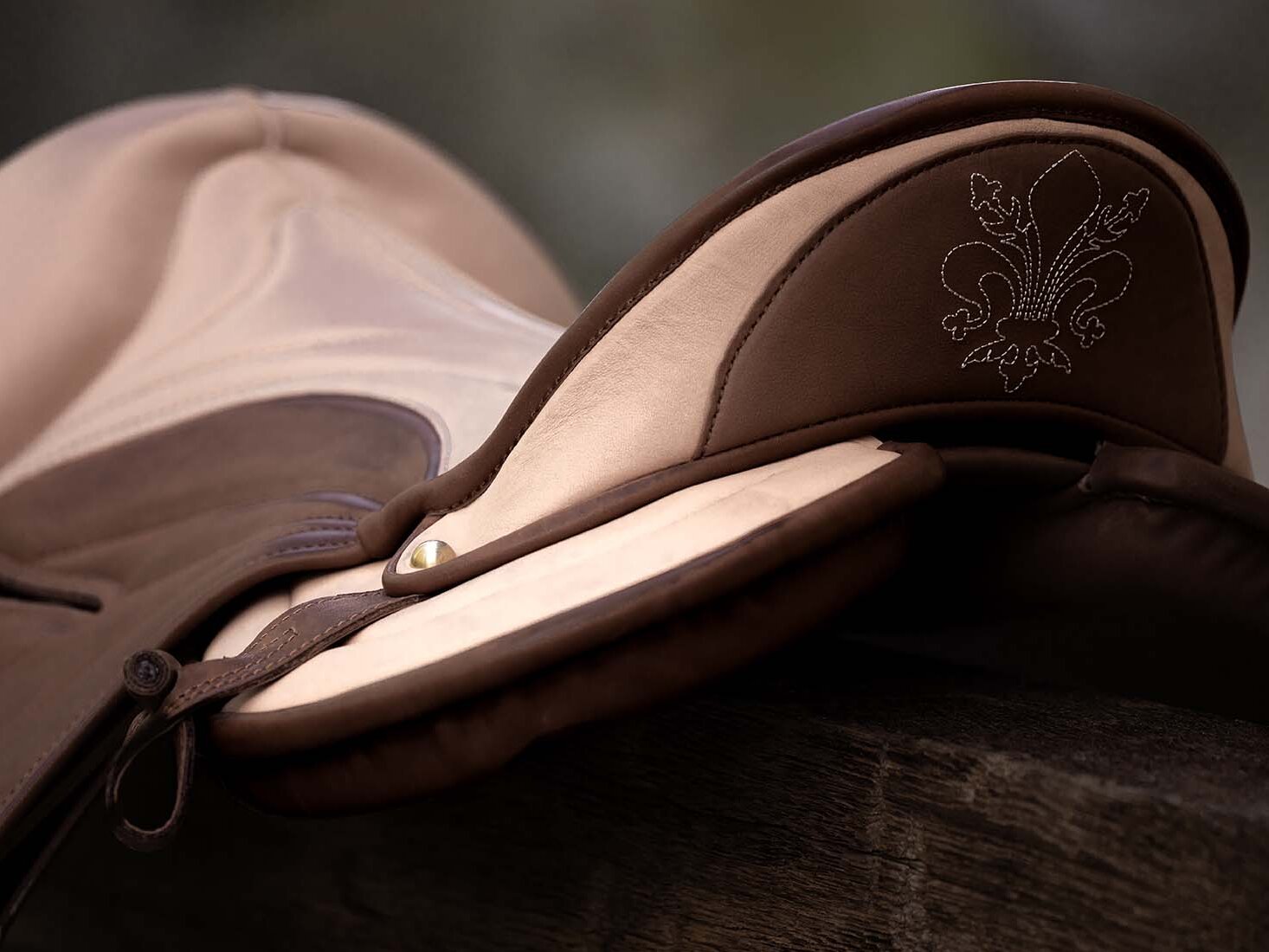
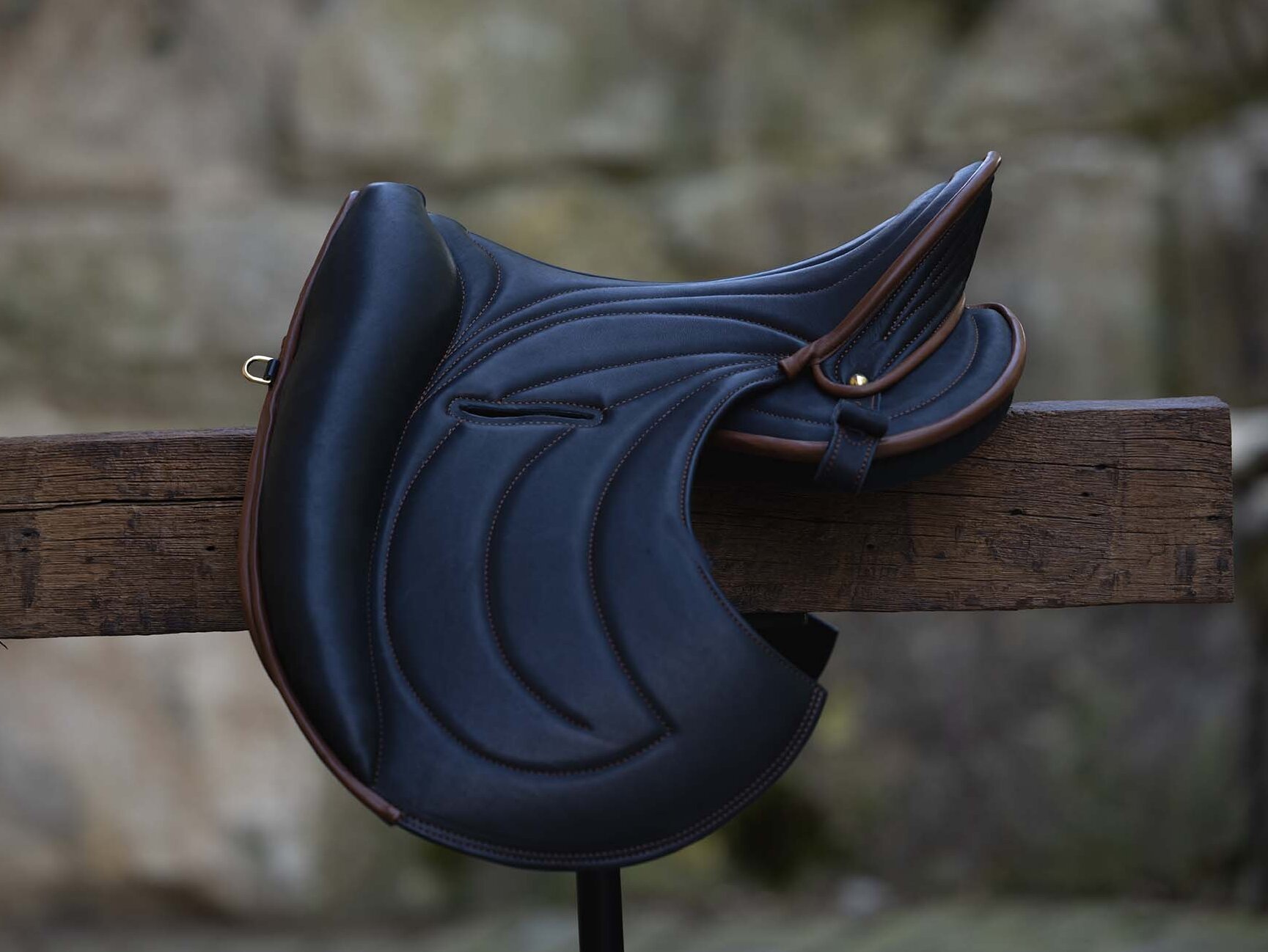
The comfortable seat of the Mercedes is based on a wider saddle waist combined with a balanced and dressage-orientated seat profile. The seat waist describes the area where the rider's hips merge into their thighs. The wider waist of the Mercedes allows the rider's thigh to be supported. Many riders find this pressure distribution comfortable.
The seat is shaped in such a way that the rider can easily tilt their pelvis backwards. This allows the legs to fall almost automatically into a comfortable position for relaxed riding. The comfort seat is therefore particularly comfortable on longer rides or even trail rides. At the same time, you can perform even demanding dressage lessons the next day with the same saddle.
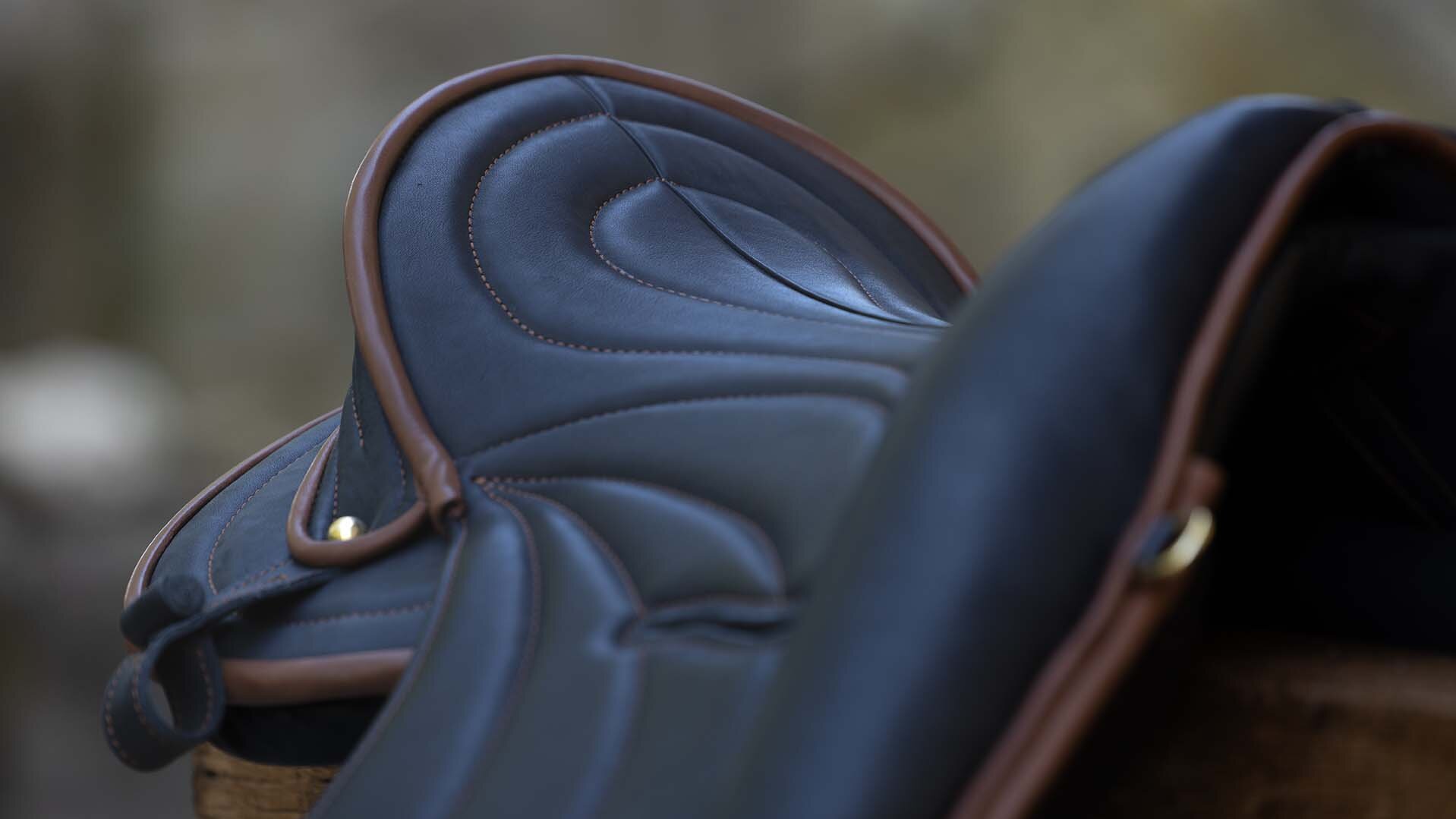
The Mercedes model is a modern baroque saddle with a secure and comfortable seat for cross-country and dressage riding. The shape and finish of the knee rolls deviate greatly from the usual image of a baroque saddle. However, this shape of the knee rolls was not, as many believe, created for design reasons.
The overrunning knee rolls replace the classic gallery of a baroque saddle, and instead of using prefabricated knee roll blanks, each one is padded by hand with saddle wool, giving it its unique shape. It is not only the shape and position of the knee rolls that make them special - the wool filling makes them soft and moulds perfectly to the rider's leg.
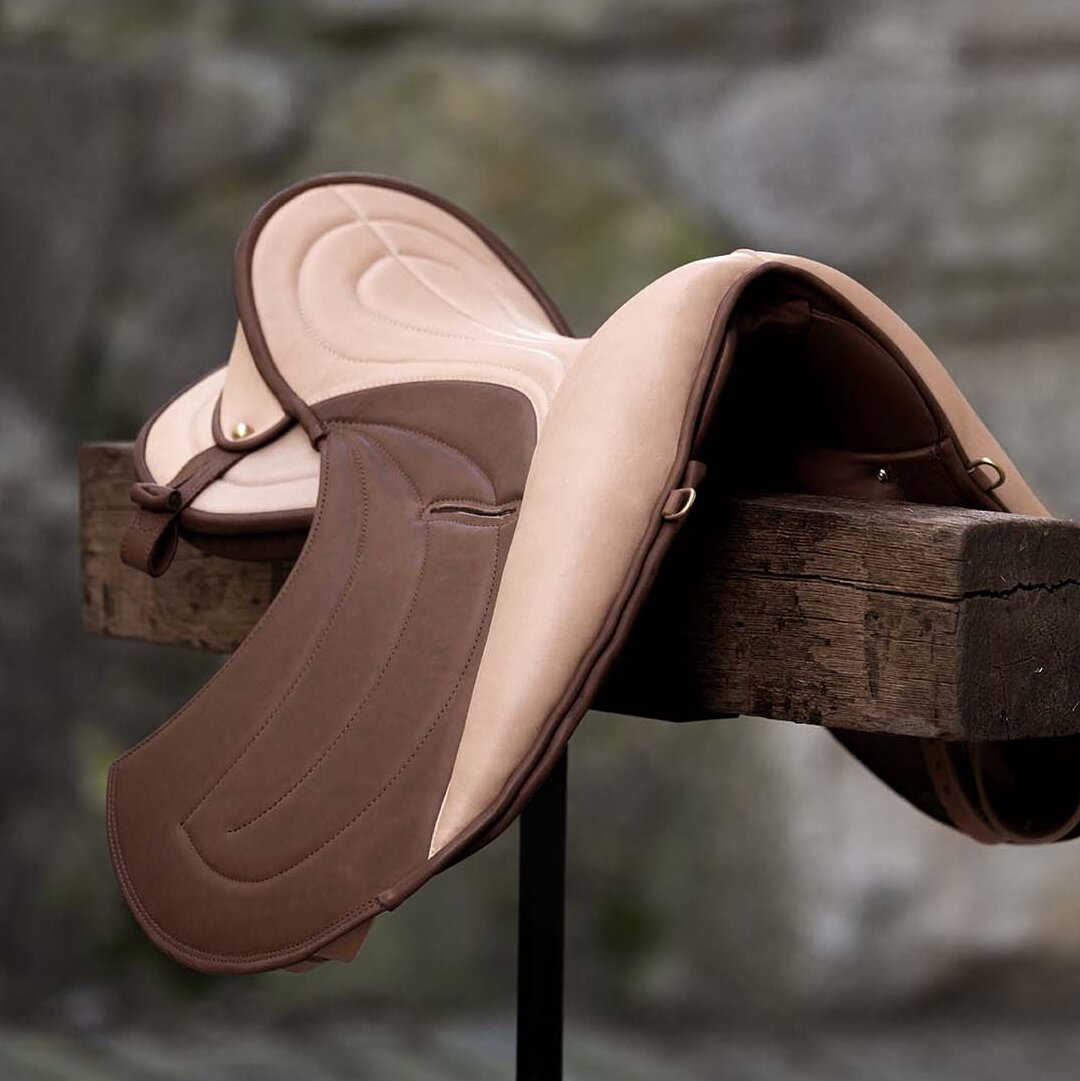
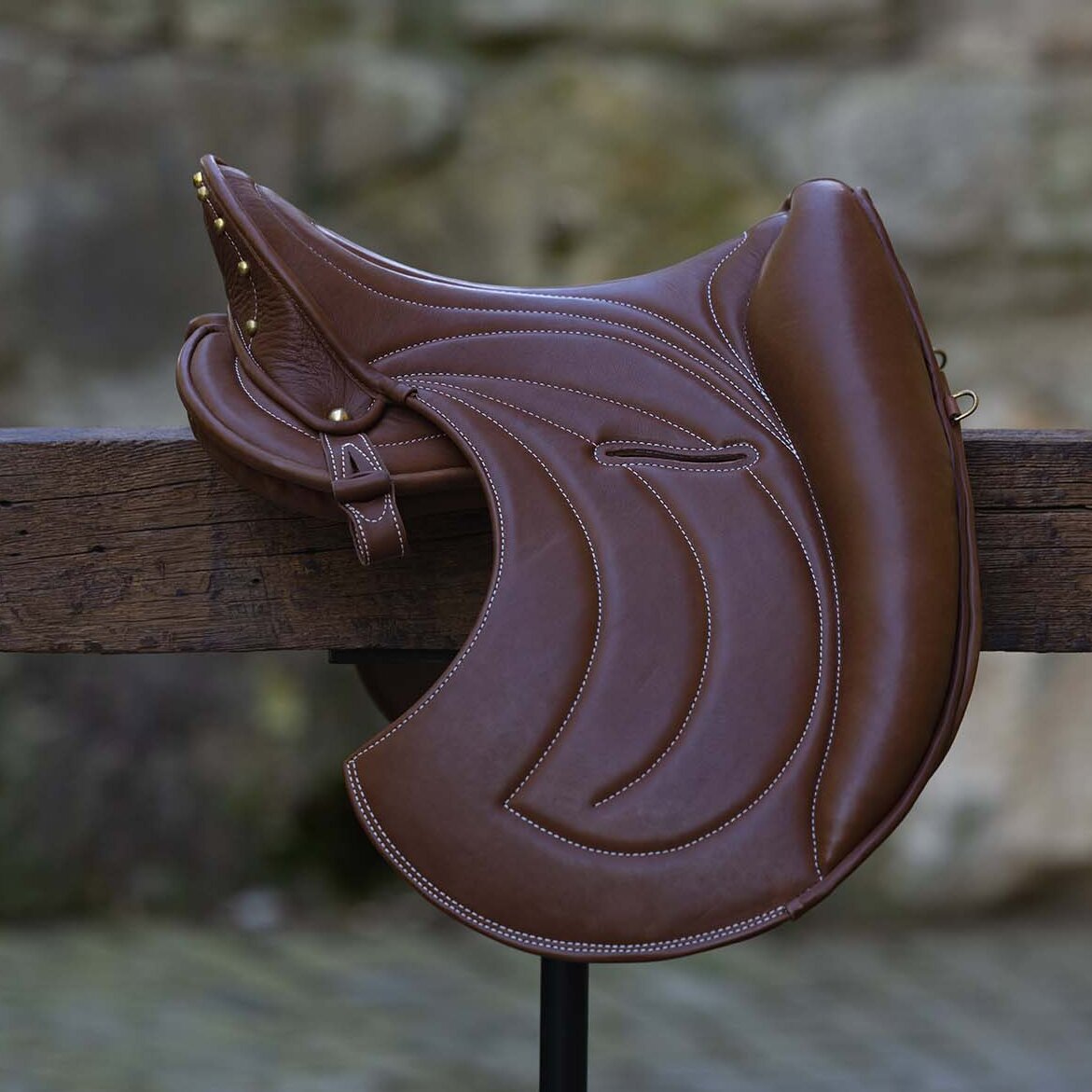
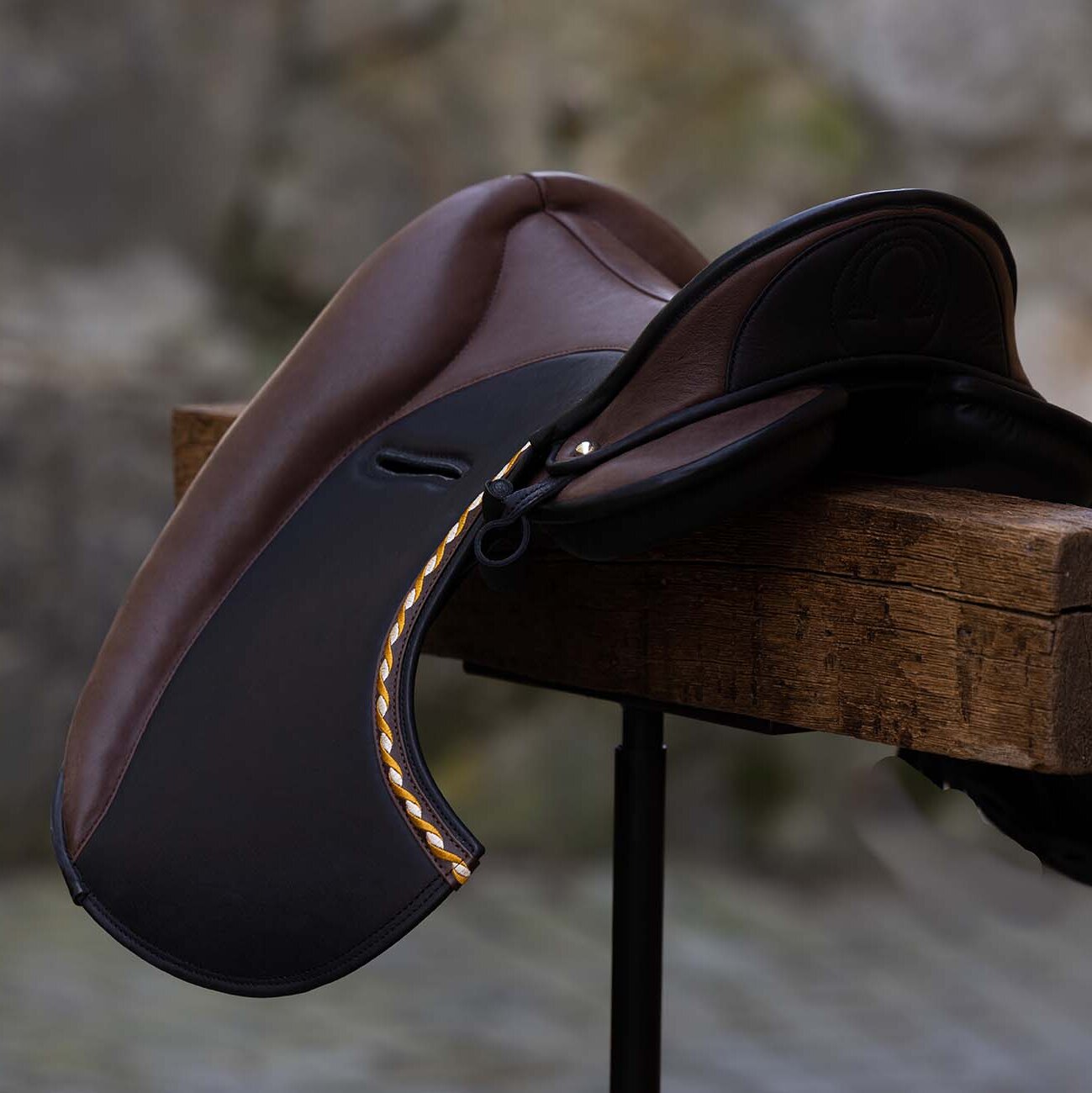
This means that the rider is not disturbed at any stage of the movement. The experienced rider can concentrate fully on his aids, the less experienced rider immediately feels well placed and can take a secure seat without being restricted.
Saddle service for baroque saddles
We are pleased to be your partner for all questions concerning our OMEGA & BENTAIGA saddles. From the initial consultation to the sale of a new or used saddle and regular saddle checks, our entire saddle service is at your disposal. We will be happy to help you find the right saddle for you and your horse.
